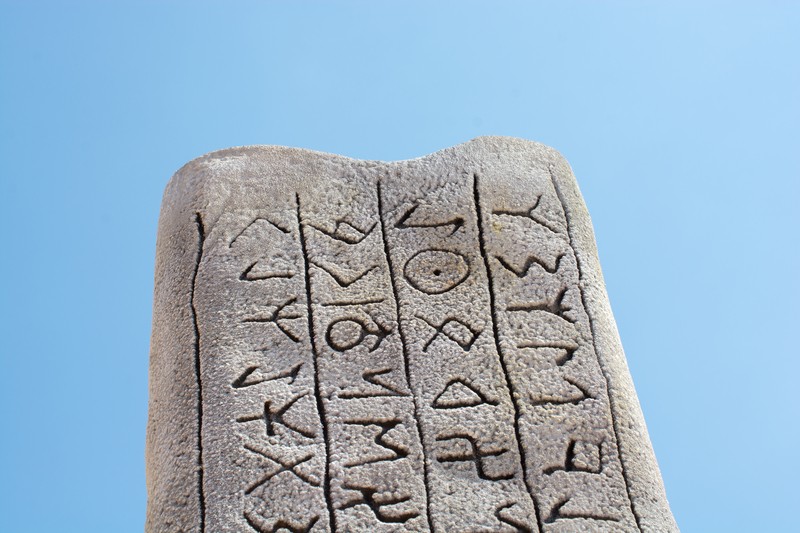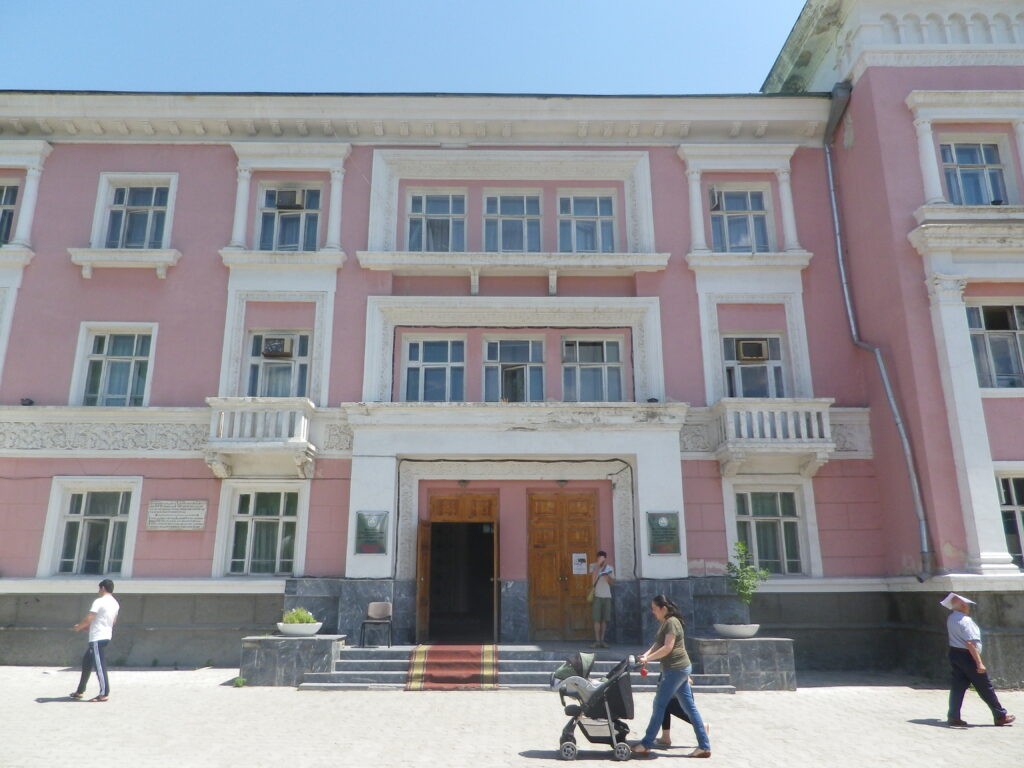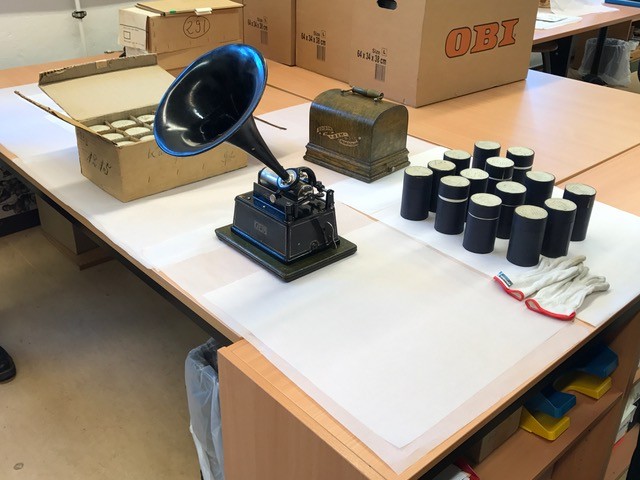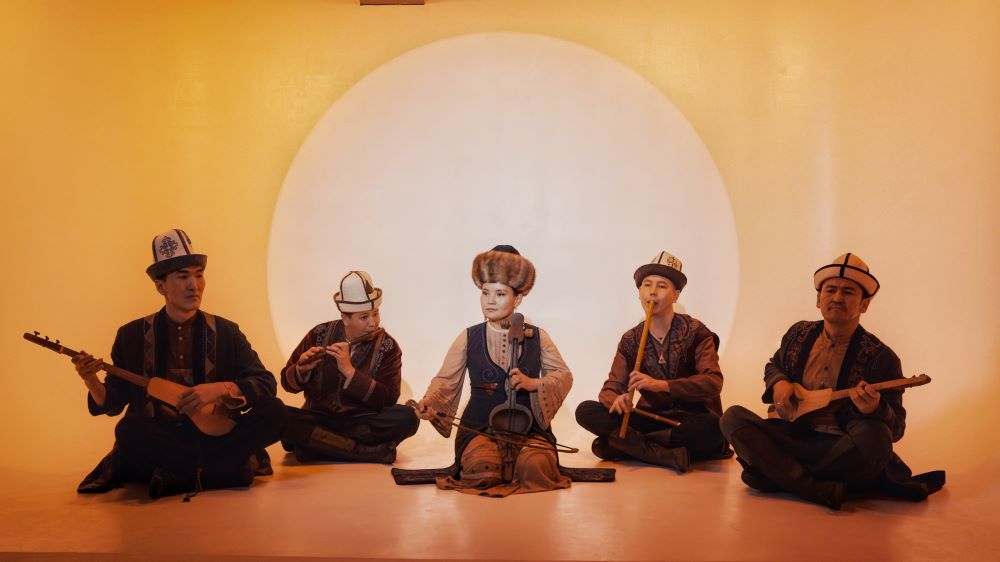Scientists Attempt to Unlock the Secrets of Turkic Runes in Altai
Russian scientists have started deciphering unique Turkic runic inscriptions in Altai, dating back to the VI-X centuries AD. Speaking at the International Conference “Mountain Altai - the ancestral home of the Turks,” Alexander Vasiliev, head of the Oriental History Department of the Institute of Oriental Studies of the Russian Academy of Sciences, reported that whilst some 120 such texts have been identified, a significant number has yet to be deciphered due to a lack of "keys". According to Vasilyev, problems in evaluating inscriptions arise as a result of the different graphic systems used by Turkic peoples in various historical periods. Hence, researchers face a difficult task in making these texts accessible and determining the exact nature of the archaeological objects found. Historians also note that with the emergence of Mongolian vertical writing, the influence of the Turkic writing system began to weaken. Previous attempts to decipher these texts using Iranian and Finno-Ugric languages, proved unsuccessful. Assuming that the key to understanding the inscriptions lies in one of the ancient Turkic languages, scientists are now focusing on the Chuvash language, which retains ancient features, or the Kypchak language group. The decipherment of Turkic runic inscriptions began with the discovery of the famous Orkhon-Yenisei texts in Mongolia in the 19th century. In 1893, Danish scholar Wilhelm Thomsen was the first to successfully decipher these ancient texts using analogies to ancient Turkic words such as “tengri” (sky). These inscriptions, dating from the 7th to 10th centuries, recount the lives of the Turkic kagans and their victories. In addition to the Orkhon texts, significant inscriptions have been found in the Yenisei Valley and the Altai Mountains. An international conference in Manzherok, in the Altai Republic, brought together scholars to discuss not only the problems of deciphering the Turkic script but also the formation of the Turkic civilization and the history of cultural interaction between the Turks and other peoples, including Slavic cultures.






